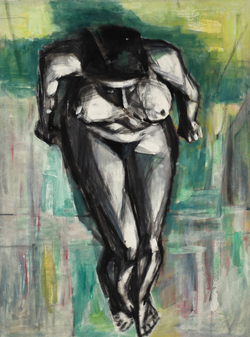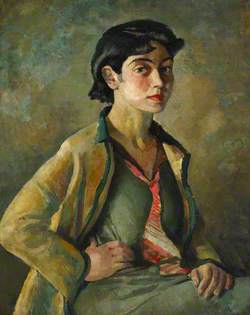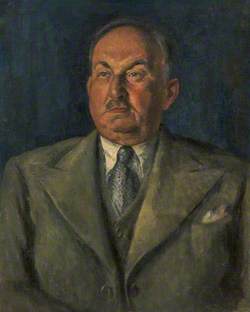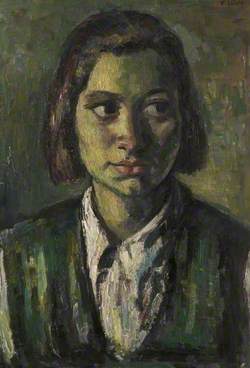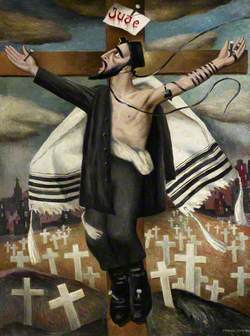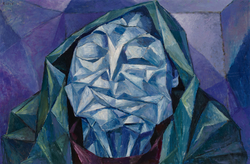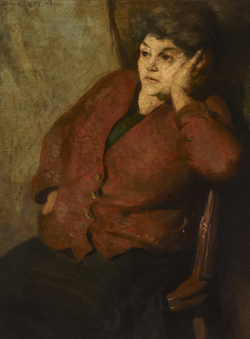How you can use this image
This image can be used for non-commercial research or private study purposes, and other UK exceptions to copyright permitted to users based in the United Kingdom under the Copyright, Designs and Patents Act 1988, as amended and revised. Any other type of use will need to be cleared with the rights holder(s).
Review the copyright credit lines that are located underneath the image, as these indicate who manages the copyright (©) within the artwork, and the photographic rights within the image.
The collection that owns the artwork may have more information on their own website about permitted uses and image licensing options.
Review our guidance pages which explain how you can reuse images, how to credit an image and how to find images in the public domain or with a Creative Commons licence available.
Notes
Add or edit a note on this artwork that only you can see. You can find notes again by going to the ‘Notes’ section of your account.
In this important painting of 1942, Emmanuel Levy used Christ as a martyr or symbol for the suffering of the Jews in his own protest against the tragedy of the Holocaust in mainland Europe. Since the nineteenth century, Jewish artists have used Christ as a Jewish symbol, sometimes as a preacher, a scholar, a mystical visitor or a victim of modern anti-Semitism. In this bleak expression of despair, Levy combined Jewish and Christian imagery, presenting Christ as an orthodox Jew with his Tallit (or prayer shawl) and praying phylacteries. The label ‘Jude’ in blood red above him and the rows of white crosses (traditionally marking Christian graves) symbolise the many Jews who were being killed at the time the work was painted. Emmanuel Levy studied in his native Manchester, in London and in Paris.
Title
Crucifixion
Date
1942
Medium
oil on canvas
Measurements
H 102 x W 78 cm
Accession number
2004-2
Acquisition method
purchased at Bonhams, 2004
Work type
Painting
Inscription description
Emmanuel Levy 1942


